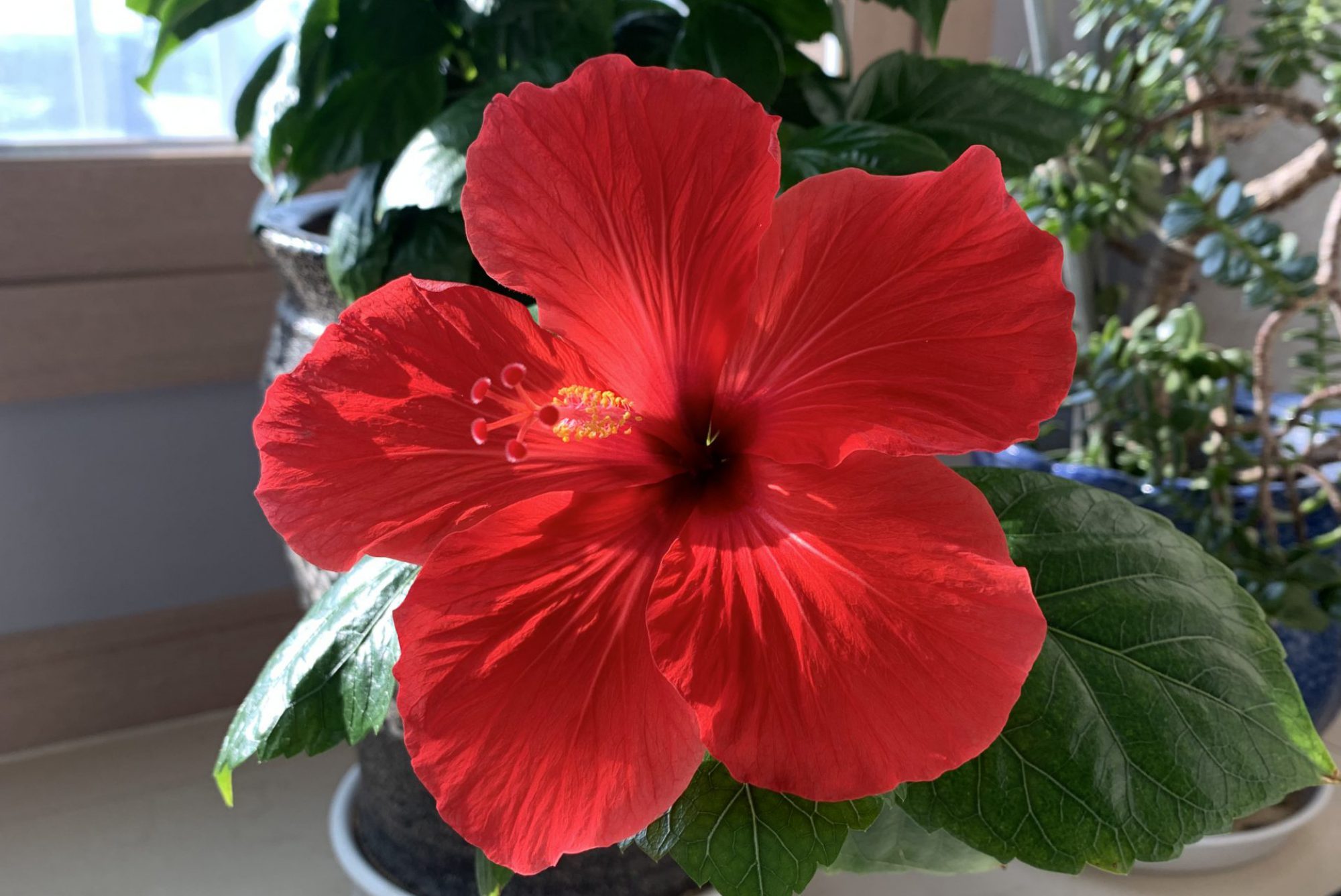위치 : http://www.cgal.org/
내용 :
전산기하학에 필요한 알고리즘을 공개한 사이트. 아래는 사이트 내의 설명임
The goal of the CGAL Open Source Project is to provide
easy access to efficient and reliable geometric algorithms
in the form of a C++ library.
CGAL is used in various areas needing geometric computation, such as:
computer graphics, scientific visualization, computer aided design and
modeling, geographic information systems, molecular biology, medical imaging,
robotics and motion planning, mesh generation, numerical methods.
The Computational Geometry Algorithms Library
(CGAL), offers data
structures and algorithms like
triangulations (2D constrained triangulations and Delaunay triangulations in 2D and 3D),
Voronoi diagrams (for 2D and 3D points, 2D additively weighted Voronoi diagrams, and
segment Voronoi diagrams),
Boolean operations on polygons and
polyhedra,
arrangements of curves and their applications (2D and 3D envelopes, Minkowski sums),
mesh generation (2D Delaunay mesh generation and 3D surface mesh generation, skin surfaces),
geometry processing (surface mesh simplification,
subdivision and parameterization, as well as estimation of local differential properties,
and approximation of ridges and umbilics),
alpha shapes,
convex hull algorithms (in 2D, 3D and dD),
operations on polygons (straight skeleton and offset polygon),
search structures (kd trees for nearest neighbor search, and range and segment trees),
interpolation (natural neighbor interpolation and placement of streamlines),
shape analysis, fitting, and distances (smallest enclosing sphere of points or spheres, smallest enclosing ellipsoid of points,
principal component analysis), and
kinetic data structures.

